Surface Pro 9 Review: Perfecting a 10-year-old formula
12 min. read
Published on
Read our disclosure page to find out how can you help Windows Report sustain the editorial team. Read more
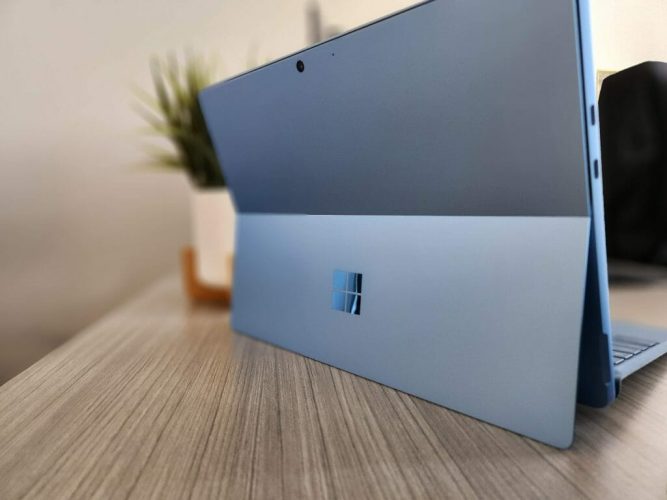
Starting at $999.99
Microsoft’s Surface Pro 9 could be easily mistaken for the Pro 8 when the company’s flagship computer adopted a refined aesthetic with the Surface Pro X back in 2019. Since 2019, Microsoft has made a few tweaks to the Surface Pro line, such as omitting the audio jack, updating the panels refresh rate, adding USB-C ports, and adding upgradable memory options, but the biggest change came when the company consolidated its branding and marketing efforts last year.
Instead of forging forward with both a separate ARM-based Pro X line and an Intel-powered Pro line, the company combined the two lines under a unified design and name creating the Surface Pro 9. Customers can purchase either an Intel or ARM based version of the Surface Pro 9, and both come with different feature sets and their own set of compromises.
OnMSFT got its hands on the Intel based model for this review.
| Specs | ||
| Surface Pro 8 | Surface Pro 9 | |
| Processor | Quad-core 11th Gen Intel® Core™ i5-1135G7 Processor Quad-core 11th Gen Intel® Core™ i7-1185G7 Processor i5 and i7 options with storage 256GB and above built on the Intel® Evo™ platform |
Surface Pro 9: 12th Gen Intel® Core™ i5-1235U processor 12th Gen Intel® Core™ i7-1255U processor Options with storage 256 GB and above built on the Intel® Evo™ platformSurface Pro 9 with 5G: Microsoft SQ® 3 processor Neural Processing Unit (NPU) |
| Operating System | Windows 10 Home in S mode² Microsoft 365 Family 30-day trial |
Windows 11 Home Preloaded Microsoft 365 Apps5 Microsoft 365 Family 1- month trial6 Preloaded Xbox App Xbox Game Pass Ultimate 1-month trial7 |
| Display | Screen: 13” PixelSense™ Flow Display Resolution: 2880 x 1920 (267 PPI) Up to 120Hz refresh rate (60Hz default) Aspect ratio: 3:2 Adaptive Color Touch: 10-point multi-touch GPU Ink Acceleration Dolby Vision® support3 |
Surface Pro 9 (Intel/Wifi): Screen: 13” PixelSense™ Flow Display Resolution: 2880 X 1920 (267 PPI) Color profile: sRGB and Vivid Refresh rate up to 120Hz (Dynamic refresh rate supported) Aspect ratio: 3:2 Contrast ratio: 1200:1 Adaptive Color Auto Color Management supported Touch: 10-point multi-touch Dolby Vision IQ™ support17 Gorilla® Glass 5Surface Pro 9 (SQ® 3/5G): Screen: 13” PixelSense™ Flow Display Resolution: 2880 X 1920 (267 PPI) Color profile: sRGB and Vivid Dynamic refresh rate up to 120Hz Aspect ratio: 3:2 Contrast ratio: 1200:1 Adaptive Color Touch: 10-point multi-touch Gorilla® Glass 5 |
| Storage | Removable solid-state drive (SSD) options: 128GB or 256GB 512GB or 1TB |
Surface Pro 9: 8GB, 16GB, 32GB (LPDDR5 RAM) Surface Pro 9 with 5G: 8GB or 16GB LPDDR4x RAM Surface Pro 9 (Intel/Wifi): Removable7 drive (SSD) options: 128GB, 256GB, 512GB, 1TB Surface Pro 9 (SQ® 3/5G): Removable7 drive (SSD) options: 128GB, 256GB, 512GB |
| Graphics | Intel® Iris® Xe Graphics (i5, i7) | Surface Pro 9: Intel® Iris® Xe Graphics Surface Pro 9 with 5G: Microsoft SQ® 3 Adreno™ 8CX Gen 3 |
| Camera, Video & Audio |
Windows Hello face authentication camera (front-facing) 5.0MP front-facing camera with 1080p full HD video 10.0MP rear-facing autofocus camera with 1080p HD and 4k video Dual far-field Studio Mics 2W stereo speakers with Dolby Atmos® |
Surface Pro 9 (Intel/Wifi): Windows Hello face authentication camera (front-facing) Front-facing camera with 1080p full HD video 10.0MP rear-facing autofocus camera with 1080p HD and 4k videoSurface Pro 9 (SQ® 3/5G): Windows Hello face authentication camera (front-facing) Front-facing camera with 1080p full HD video 10.0 MP rear-facing autofocus camera with 1080p HD and 4k video Windows Studio Effects with Eye Contact, Portrait Background Blur and Automatic Framing Surface Pro 9 (Intel/Wifi): Windows Hello face authentication camera (front-facing) Front-facing camera with 1080p full HD video 10.0MP rear-facing autofocus camera with 1080p HD and 4k videoSurface Pro 9 (SQ® 3/5G): Windows Hello face authentication camera (front-facing) Front-facing camera with 1080p full HD video 10.0 MP rear-facing autofocus camera with 1080p HD and 4k video Windows Studio Effects with Eye Contact, Portrait Background Blur and Automatic Framing |
| Memory | 8GB, 16GB, 32GB (LPDDR4x RAM) | Surface Pro 9: 8GB, 16GB, 32GB (LPDDR5 RAM) Surface Pro 9 with 5G: 8GB or 16GB LPDDR4x RAM Surface Pro 9 (Intel/Wifi): Removable7 drive (SSD) options: 128GB, 256GB, 512GB, 1TB Surface Pro 9 (SQ® 3/5G): Removable7 drive (SSD) options: 128GB, 256GB, 512GB |
| Dimensions | 11.3 in x 8.2 in x 0.37 in (287mm x 208mm x 9.3mm) | Surface Pro 9 (Intel/Wifi): Length: 11.3”(287 mm) Width: 8.2” (209 mm) Height: 0.37” (9.3 mm) Surface Pro 9 (SQ® 3/5G): Length: 11.3” (287 mm) Width: 8.2” (209 mm) Height: 0.37” (9.3 mm) |
| Security | Firmware TPM chip for enterprise-grade security and BitLocker support Enterprise-grade protection with Windows Hello face sign-in |
Surface Pro 9 (Intel/Wifi): Firmware TPM 2.0 is a security processor that is designed to give you peace of mind Windows Hello face sign-inSurface Pro 9 (SQ® 3/5G): Enhanced security with Microsoft Pluton Windows Hello face sign-in |
| Weight | 891 g (1.96lb) | Surface Pro 9 (Intel/Wifi): Weight1: 1.94 lb (879 g) Surface Pro 9 (SQ® 3/5G): Weight1: 1.95 lb (883 g) (mmWave) |
| Color | Casing: Signature anodized aluminum Colors: Graphite, Platinum4 |
Surface Pro 9 (Intel/Wifi): Casing: Aluminum Colors:13 Sapphire, Forest, Platinum, GraphiteSurface Pro 9 (SQ® 3/5G): Casing: Aluminum Colors:13 Platinum |
| Ports/Slots | 2 x USB-C® with USB 4.0/Thunderbolt™ 4 3.5mm headphone jack 1 x Surface Connect port Surface Type Cover port Compatible with Surface Dial off-screen interaction* |
Surface Pro 9 (Intel/Wifi): 2 x USB-C® with USB 4.0/ Thunderbolt™ 4 1 x Surface Connect port 1 x Surface Type Cover portSurface Pro 9 (SQ® 3/5G): 2 x USB-C® 3.2 1 x Surface Connect port Surface Keyboard port 1 x nano SIM |
| Battery | Battery Capacity Nominal (WH) 51.5Wh Battery Capacity Min (WH) 50.2Wh Up to 16 hours of typical device usage |
Surface Pro 9 (Intel/Wifi): Up to 15.5 hours of typical device usage Surface Pro 9 (SQ®3/5G): Up to 19 hours of typical device usage Surface Pro 9 (Intel/Wifi): Battery Capacity Nominal (WH) 47.7 Wh Battery Capacity Min (WH) 46.5 WhSurface Pro 9 (SQ® 3/5G): Battery Capacity Nominal (WH) 47.7 Wh Battery Capacity Min (WH) 46.5Wh |
|
What’s in the box
|
Surface Pro 8
Power Supply Quick Start Guide Safety and warranty documents |
Surface Pro 9 (Intel/Wifi):
Surface Pro 9 (Intel/Wifi) Power supply Quick Start Guide Safety and warranty documentsSurface Pro 9 (SQ® 3/5G): Surface Pro 9 (SQ® 3/5G) Power supply Quick Start Guide Safety and warranty documents SIM Card access tool |
Look and Feel
The Surface Pro 9 looks eerily similar to the Surface Pro 8. as it maintains the recently upgraded rounded body type from the previous generation. The screen tech in the Pro 9 is roughly equivelent to the Pro which covers the same color gamut, level of power efficiency and resolution as last year’s model. While Microsoft may have played it conservative with the Surface Pro 9’s display panel for this model to balance resolution versus power consumption, there are a couple of tweaks the company could have made to improve upon the screen that would have added convenience for the customer while maintaining its battery life such as oleophobic coating and the use of anti-glare screen layer.
Once again, the Surace Pro 9 keeps a relatively glossy panel for its 13-inch screen, which becomes a detriment for customers who use their devices outside of the soft luminescent glow of office lights. Presumably, Microsoft keeps the glossy panel as a staple to help highlight its LCD’s “PixelSense Flow”
Whatever the case, the Surface Pro 9’s screen is every bit as remarkable as the Pro 8’s as it maintains deep blacks very well, contrasting HRD color from an LCD-power display. I tend to put matte screen protectors on my Pro devices for better pen grip when writing and as a thin layer of protection, and even with that applied, the display on the Pro 9 remains stunning.
Microsoft took some liberties with the Pro 9 from the Pro is with the rearranging of buttons on the device. The Pro 9 now has its power and volume buttons sitting flushed atop of the device in the same area as opposed to Pro 8 which splits them down both sides of the device. The new placement of the buttons reduces the likelyhood of accidental power and volume presses when holding the PC in horizontal tablet mode.
In addition, the 2 USB-C Thunderbolt ports are now aligned to the right of the device instead of the left which could take some getting used to depending on how a customer’s home or work docking setup is arranged. As Apple brings back the SD card reader for its MacBook lineup, Microsoft moves away from having any variation of the port on its Surface Pro devices. Fortunately, most dongles and docking stations are maintaining the port and single cord solution via the Thunderbolt ports will still get the job done.
Few reviewers still talk about the hinges on the Surface Pro’s as they have been a well-earned staple on the device and the Surface Pro 9 maintains that standard. The Pro 9’s rigidity when flexed at any position is modest but notable convenience, especially when attempting some close-knee lap work.
The last few notable things to mention about the Surface Pro 9 is the weight of the device, which feels ever-so lighter than last year’s model. The weight change may only become perceptible when holding the device for more than a couple of minutes at a time.
The keyboard and trackpad are the same as last year’s models with the Slim Pen 2 support maintaining its over 4K pressure sensitivity mark. Ideally, Microsoft will work out a solution that will bring over its haptic technology to create a single solid attachment which could offer a much larger surface area in the future. One can hope.
The only other mentions for look and feel of the Pro 9 when compared to the Pro 8 or any other 2-in-1 maybe the color pallet options for this model that include a new Saphire blue and Forest green which helps any Surface Pro 9 owner stand out from older model owners in a crowd. Yes, there are now crowds of Surface Pro users out and about.
Performance
It should be noted that in most day-to-day usage for anyone who traffics in data processing or writing, the performance between the Surface Pro 8 and 9 is negligible, however, with that said for power users and benchmark junkies, Intel’s 12th Gen chips offer a noticeable increase in performance but at the detriment of heat and fan noise for the Surface Pro 9.
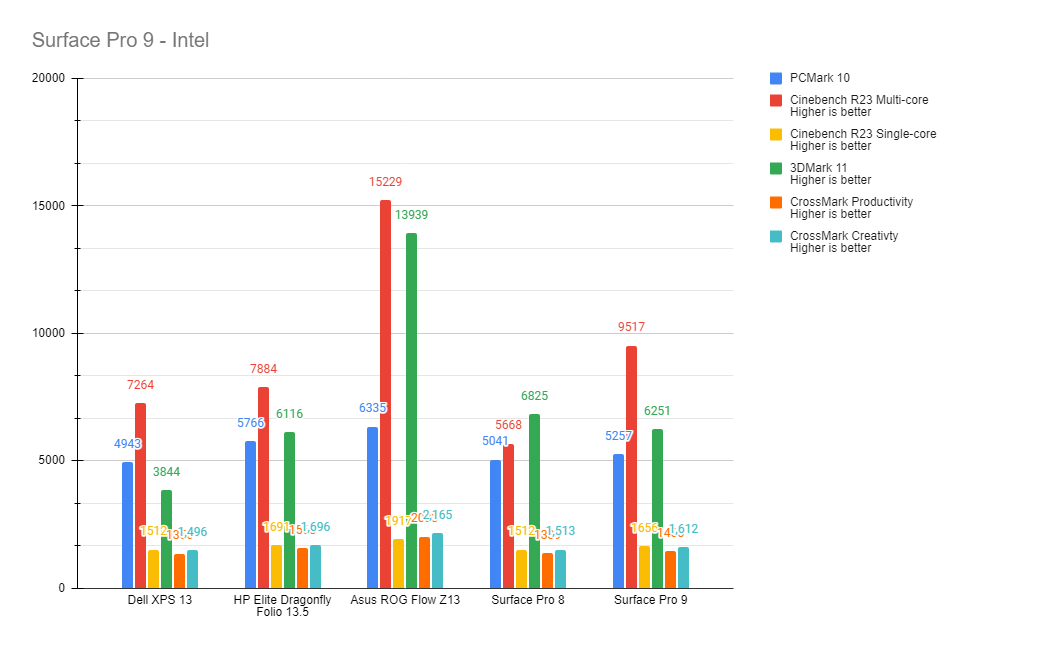
Unfortunately, when the Pro 9 is unplugged, some of that CPU performance gain takes about a 5 percent hit due to the 45/30-watt ceiling in place by the device to keep it cool enough to handle in hand and on a lap, but on the upside, that 5 percent hit is still miles ahead of the Pro 8, Dell XPS 13 2-in-1, ThinkPad X12 and slightly ahead of an M2 powered MacBook Air.
Where the Surface Pro 9 takes a significant dip in direct GPU usage is where the Intel Iris Xe Graphics G7 does a modest job of keeping heavily GPU reliant windows and activities stable but sinks about 70 percent of that stability when on battery power. Activities such as rendering video, 3D, graphic design or heavy photo processing can all get bogged down on the Surface Pro 9 when on battery, if the device can keep it juice long enough.
Now there are some workarounds that include using web-based clients for video editing, photo manipulation, 3D and graphic design such as Canva, Flixier, Clipchamp, Frame.io and more. Again, the Surface Pro 9’s CPU can power out video editing if users are using Adobe Premiere at 1/2 or a 1/4 of resolution, but when it comes time to render edits over 10 minutes at 1080p resolution, they should factor in a brisk walking break.
I’m not going to delve into gaming as the last 10 years have proven Microsoft isn’t interested in the Surface Pro lineup being capable of console or PC level gaming. The Pro 9 served me well when paired with xCloud gaming, and the convenience of being able to tote the slim convertible around is sorely understated in reviews. While on a cruise, I was able to wrap up Halo Infinite and Hi-Fi Rush, both in and out of my cabin.
Summary
In real world use, the less than 2lb computer is great. While reviewers cover the minutia of the Surface Pro 9, at the end of the day, it still remains the gold standard of 2-in-1’s. While there are other 2-in-1’s cropping up that offer better specs in some areas, or more appealing price differentials, the Surface Pro 9 continues to deliver one of the nicest overall convertible packages.
While the new aesthetic is a relatively young design, I would hope that Microsoft improves up some of the chassis underlying tech such as reintroducing an SD card reader, upgrading the hardware and software (Windows 11) display tech for more optimized battery consumption, adding haptic feedback to its separately sold keyboard, and overhauling the camera array in both software and hardware.
Until then, the Surface Pro 9 stands as the best refinement of the lineup since Microsoft jumped from the 10.6-inch chunky Pro and Pro 2 design to the thinner 12-inch Surface Pro 3. After a decade, Microsoft has gotten about as close as Intel will let them in actualizing their vision for a portable PC experience, the question that remains is what’s coming in the next 10 years?
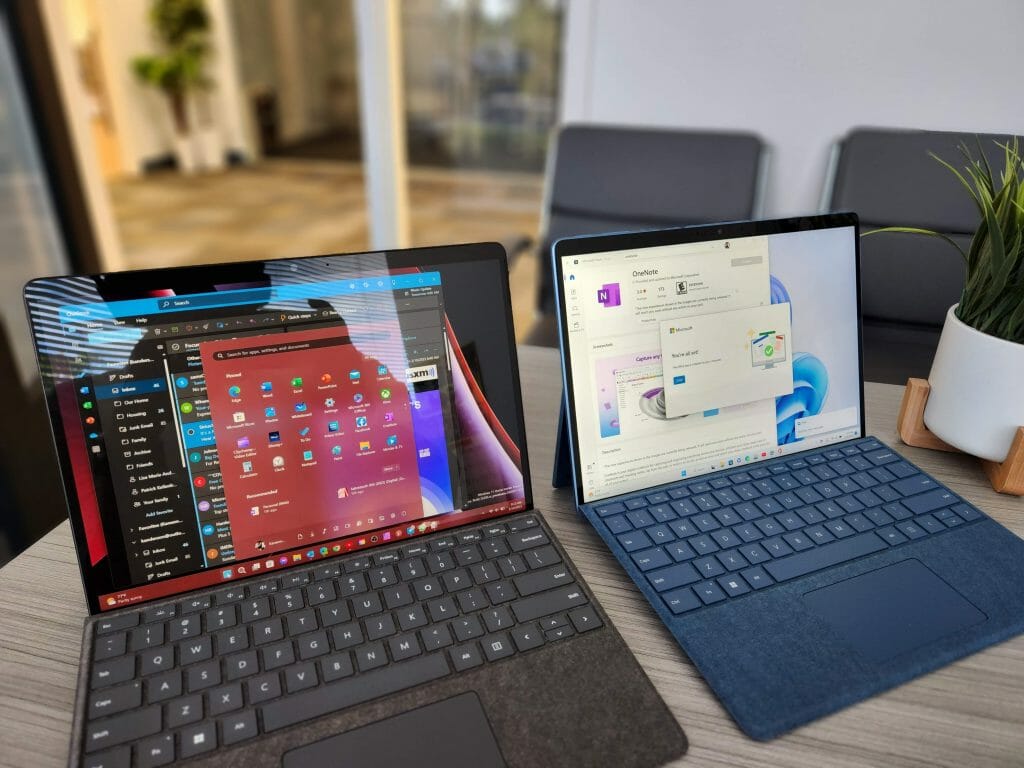
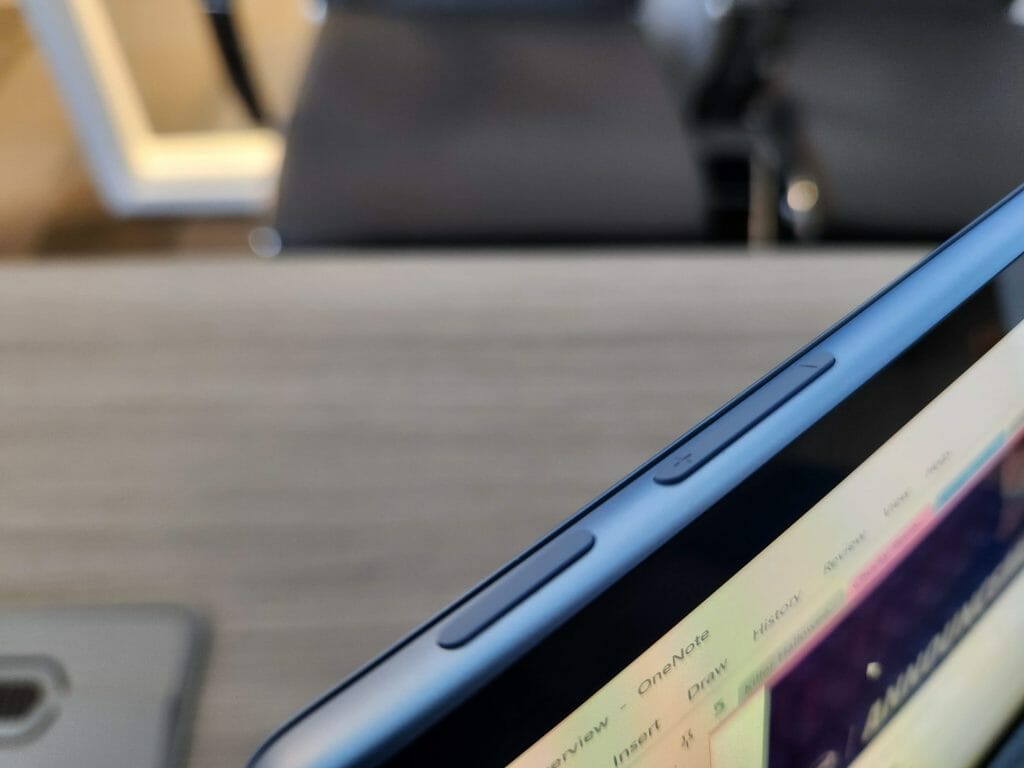
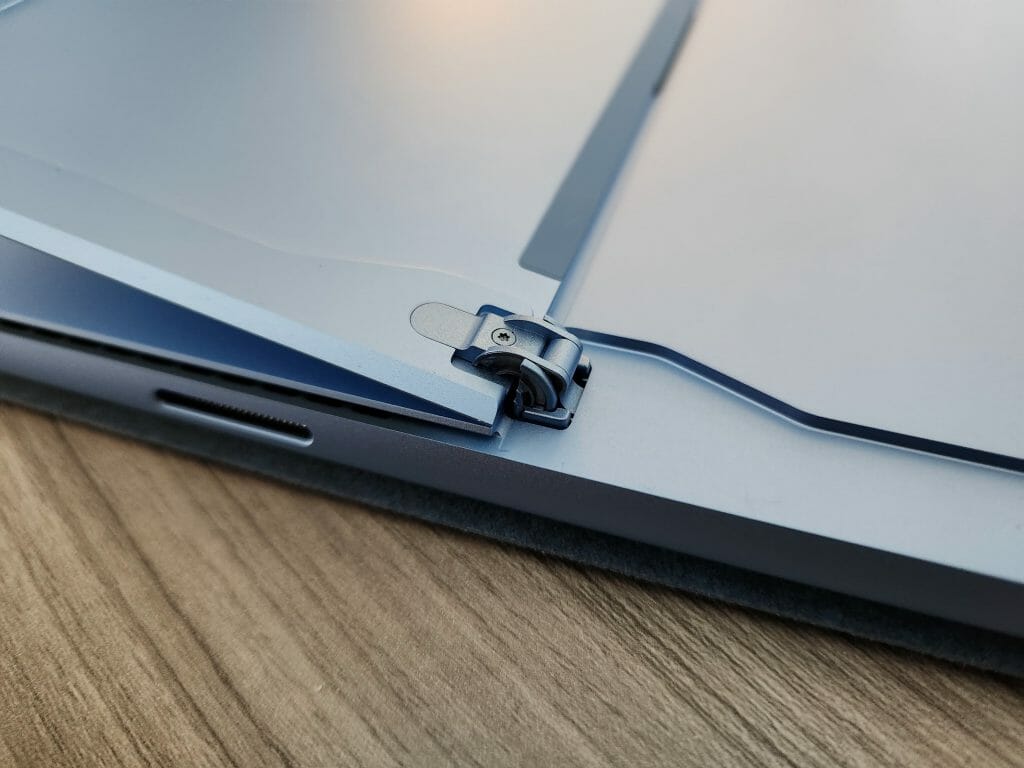
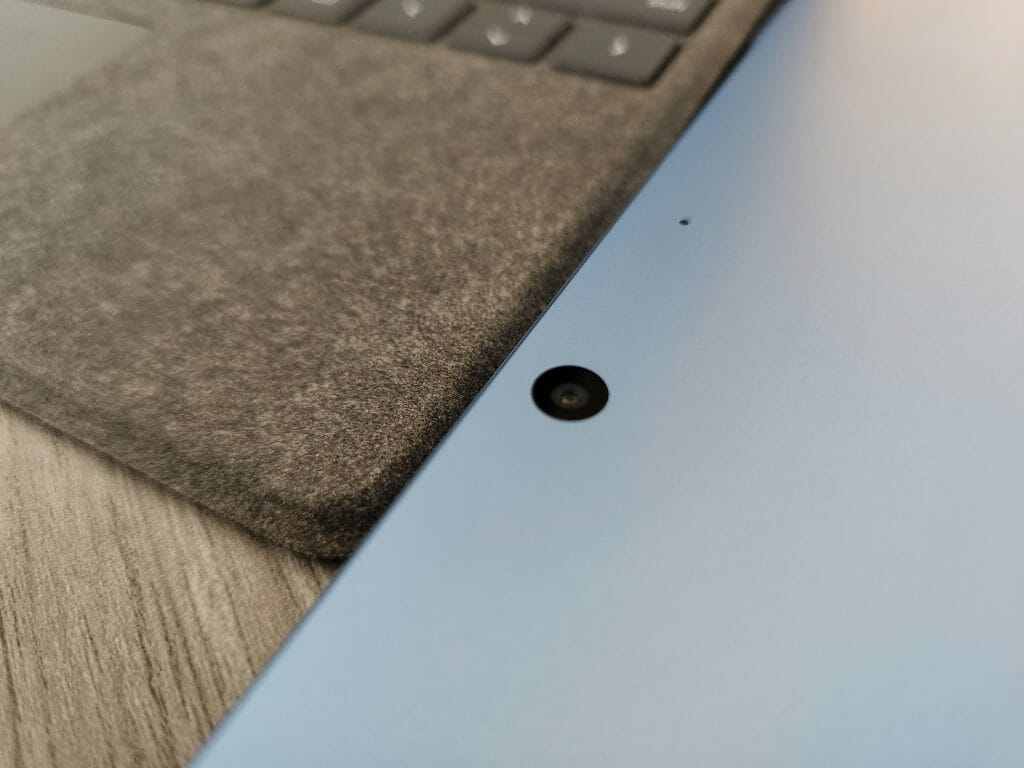
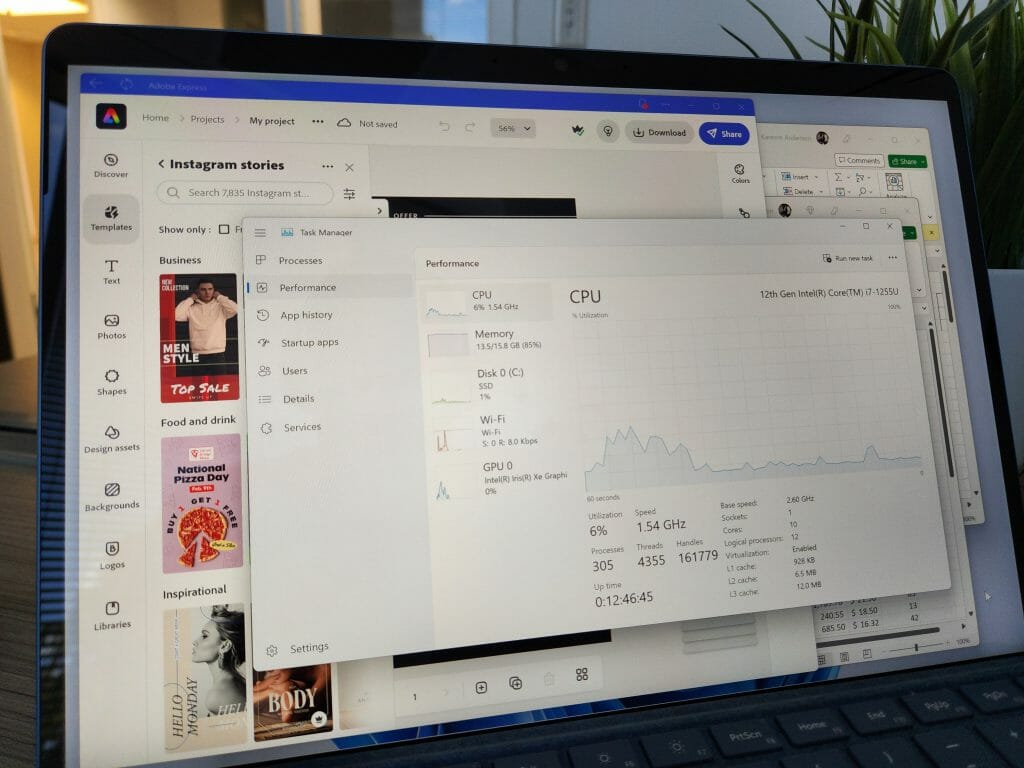
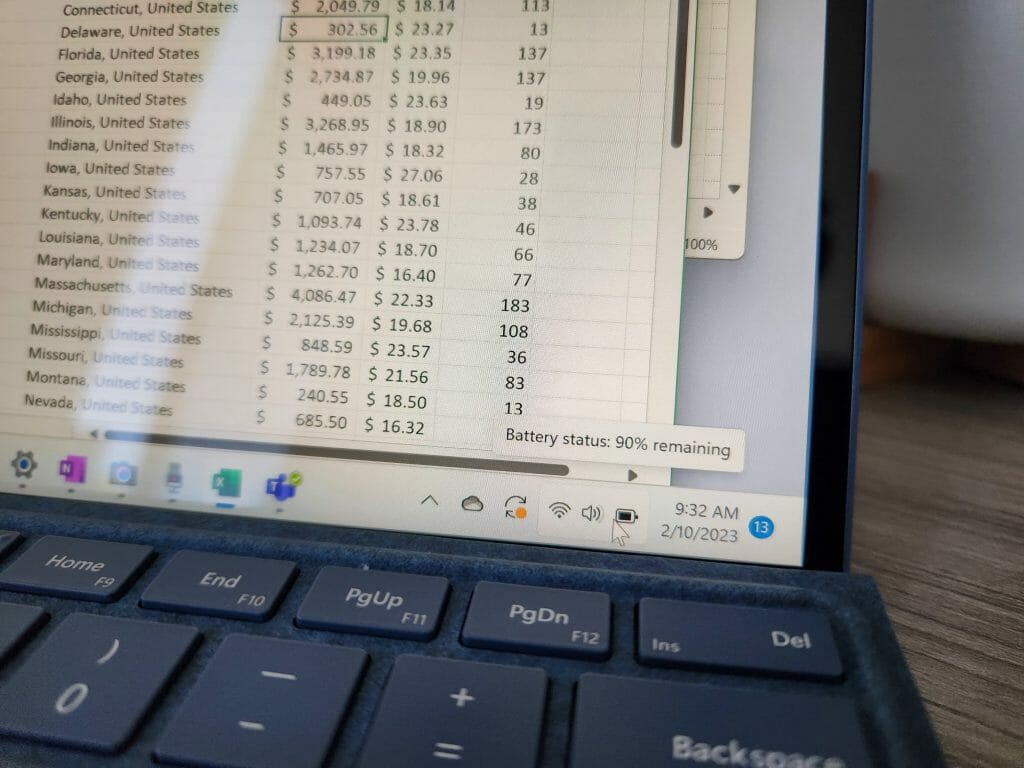
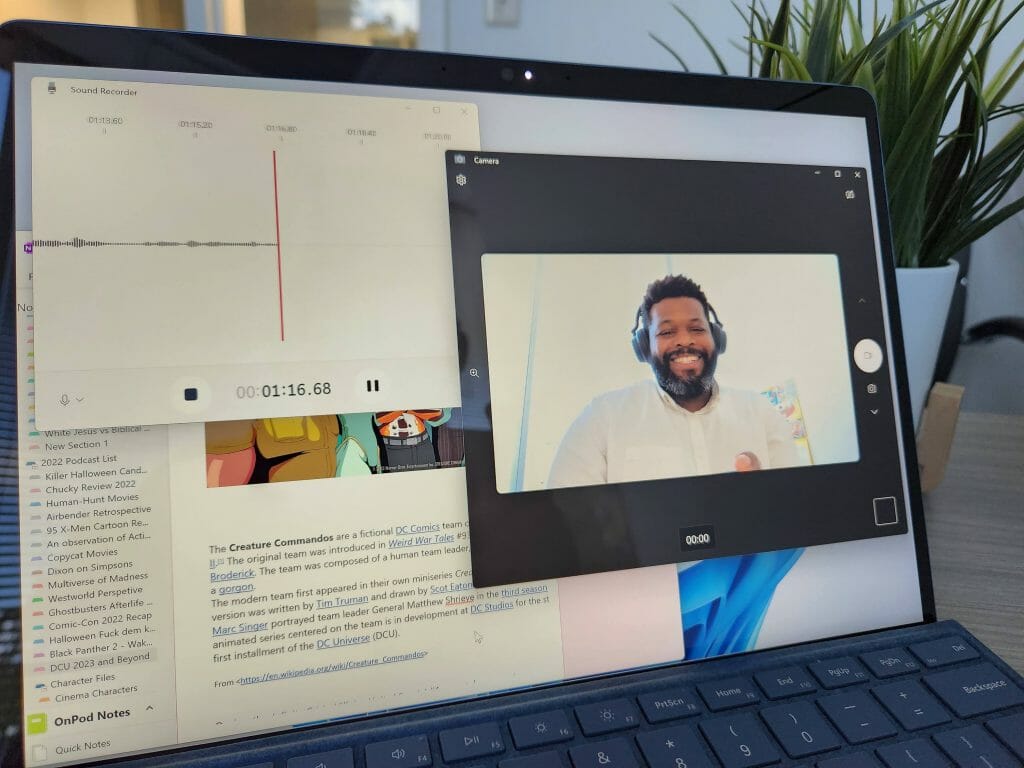

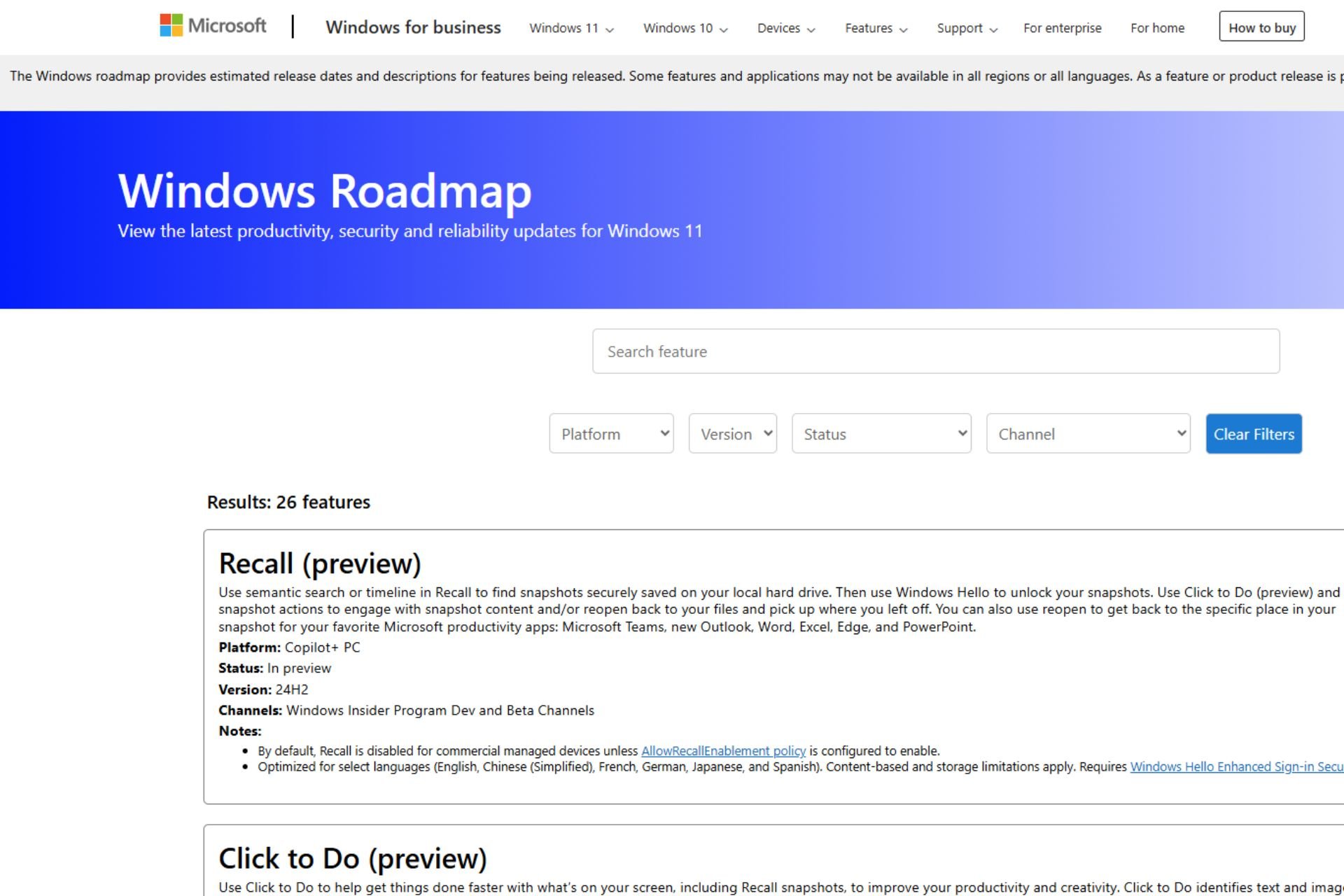
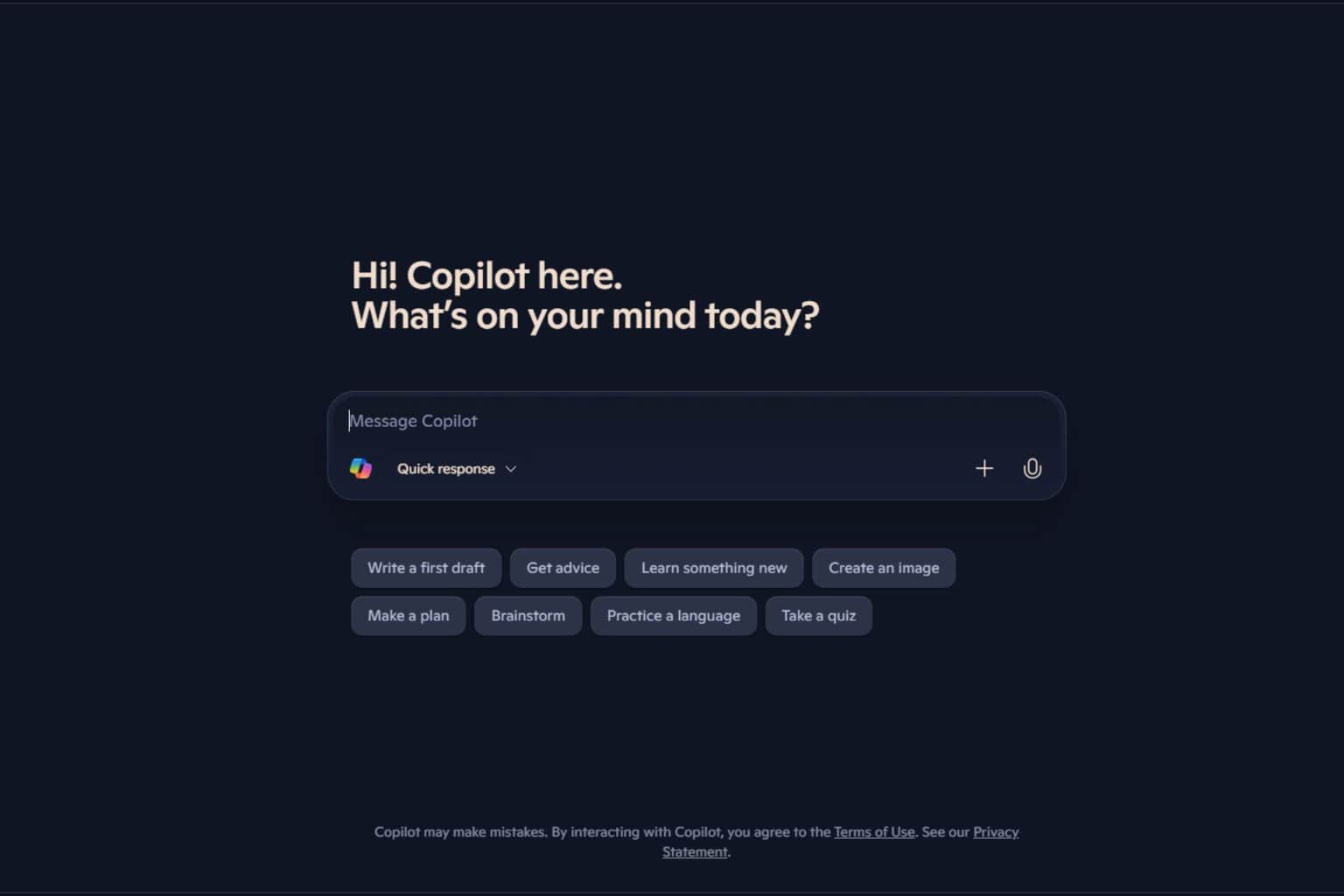
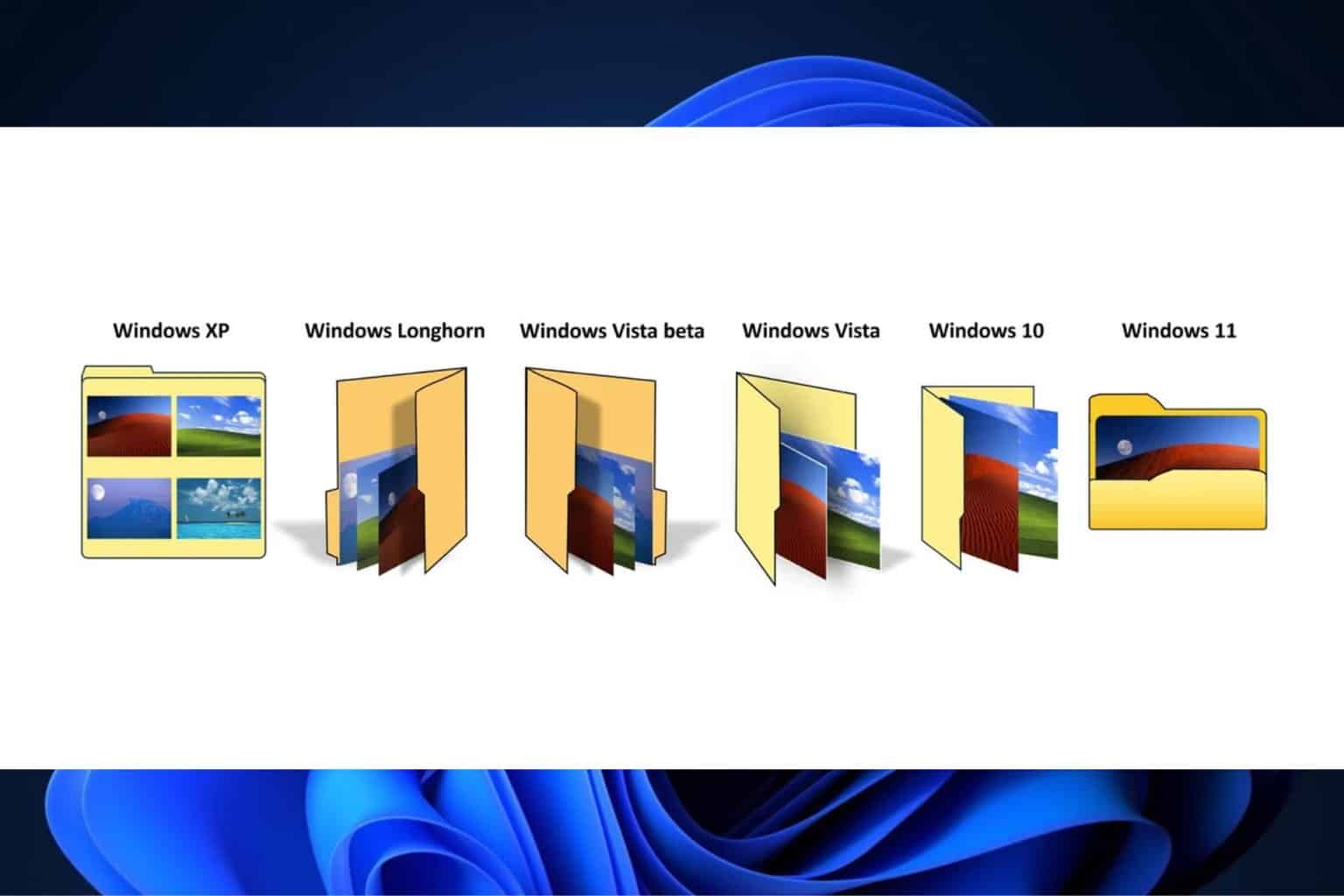
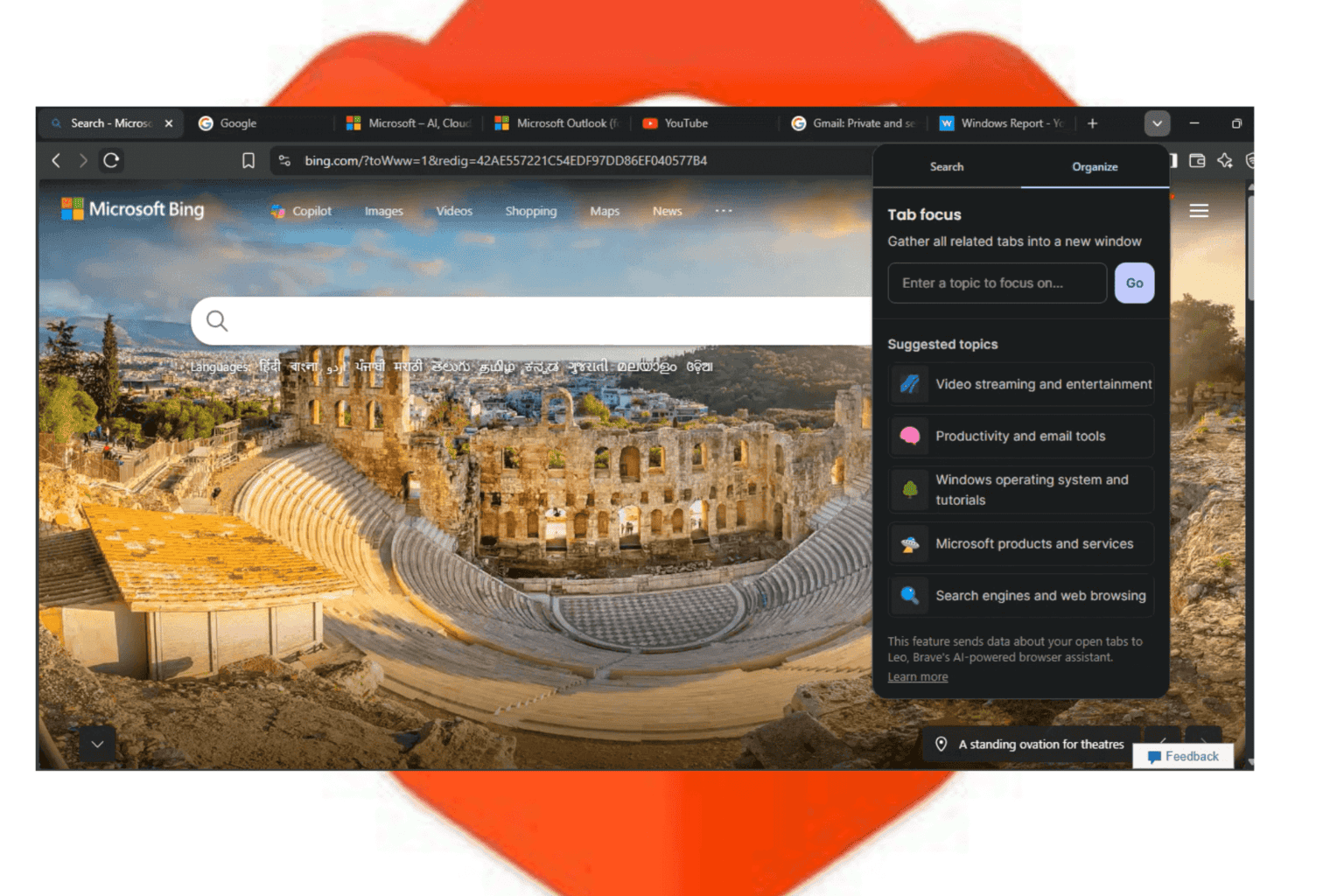
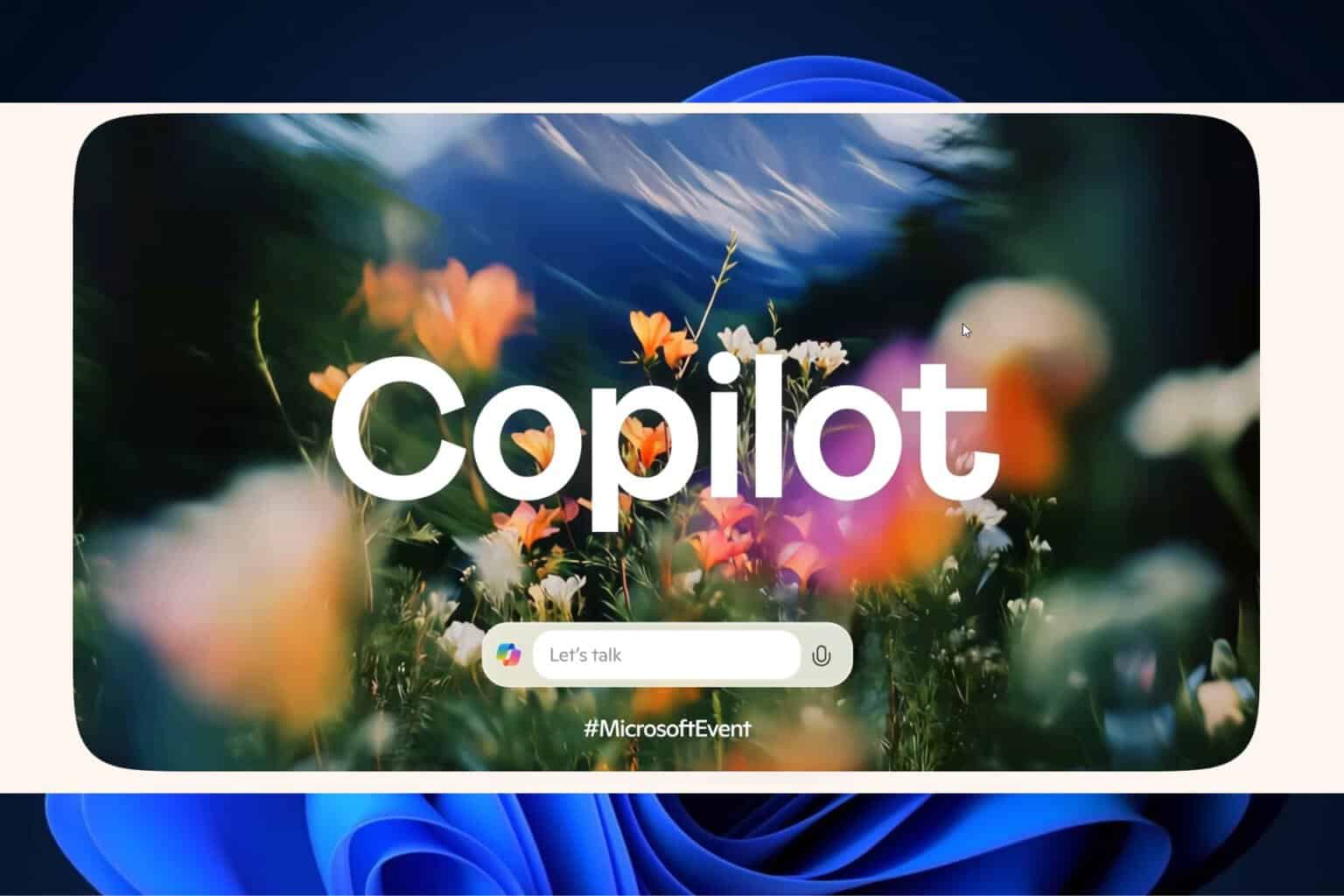
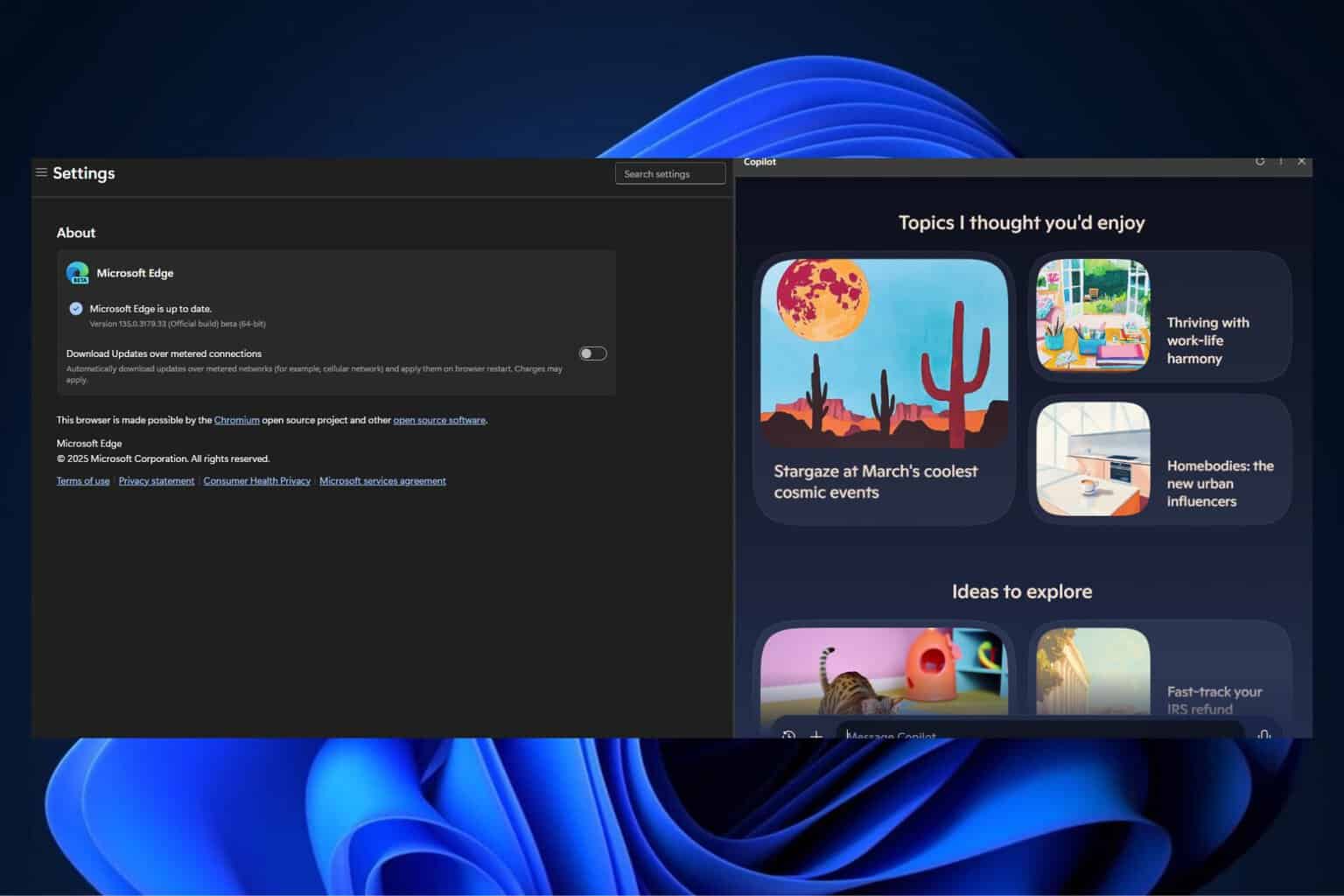

User forum
0 messages